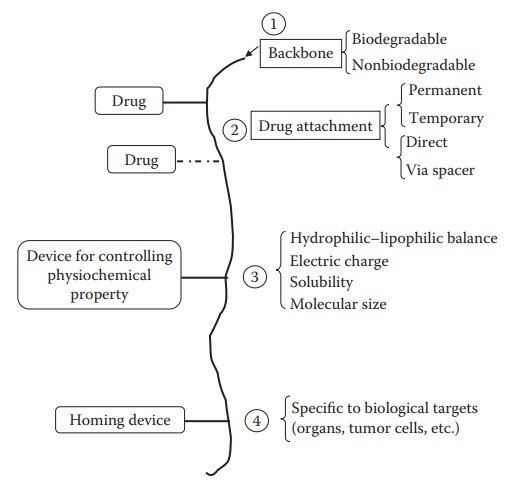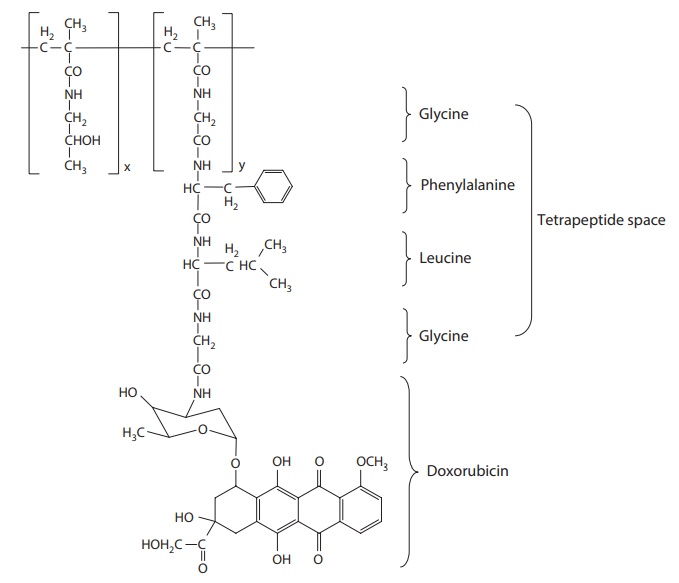Soluble macromolecular carriers
| Home | | Pharmaceutical Drugs and Dosage | | Pharmaceutical Industrial Management |Chapter: Pharmaceutical Drugs and Dosage: Drug delivery systems
Both natural and synthetic water-soluble polymers have been used as macromolecular drug carriers.
Soluble
macromolecular carriers
Both
natural and synthetic water-soluble polymers have been used as macromolecular
drug carriers. Soluble carriers include antibodies and soluble polymers such as
poly(hydroxypropyl methacrylate), poly(l-lysine), poly(aspartic acid),
poly(vinylpyrrolidone), poly(N-vinyl-2-pyrrolidone-co-vinylamide), and
poly(styrene co-maleic acid/anhydride). The drug can be attached to the polymer
chain either directly or via a biodegradable spacer. Conjugation of a drug to a
polymer ensures that this free drug is not available for diffusion to all body
systems; hence reducing unintended effects (side effects) and reducing the dose
of the drug required for achiev-ing a given concentration at the target site.
The spacer overcomes problems associated with the shielding of the drug moiety
by the polymer backbone. The spacer allows greater exposure of the drug to the
biological milieu, thereby facilitating drug release. Different components of soluble
macro-molecular carrier systems are illustrated in Figure
14.3.

Figure 14.3 Components of a soluble macromolecular carrier system.

Figure 14.4 Chemical structure of N-(2-hydroxypropyl)methacrylamide (HPMA) copolymer–doxorubicin conjugate.
An example of biodegradable spacer is the tetrapeptide Gly-Phe-Leu-Gly,
which is cleaved by cathepsin B in the lysosomal compartment of cells. For
example, N-(2-hydroxypropyl)methacrylamide (HPMA) copolymer has been
conju-gated to doxorubicin by using this tetrapeptide as a spacer (Figure 14.4).
Attachment
of polyethylene glycol (PEG) to proteins can protect them from rapid hydrolysis
or degradation within the body and can increase blood circulation time and
lower the immunogenicity of proteins. PEGylated forms of interferons,
PEG-IntronTM and PegasysTM (for treating hepatitis C and reducing dosing
frequency from daily injections to once-a-week injec-tion dosing), adenosine
deaminase, and l-asparaginase are currently on the market. PEGylation improves
the solubility and stability of macromol-ecule by minimizing the uptake by the
cells of the RES. Since PEG drug conjugates are not well absorbed from the gut,
they are mainly used as injectables.
The
drug–polymer conjugate may also contain a receptor-specific ligand to achieve
selective access to, and interaction with, the target cells, while decreasing
adverse side effects to healthy cells. For example, galactose receptors are
present on liver parenchymal cells, thus the inclusion of galac-tose residues
on a drug carrier can deliver the drug to these cells. Similarly, monoclonal
antibodies can be used for targeting drug–polymer conjugates to the tumors.
Related Topics
